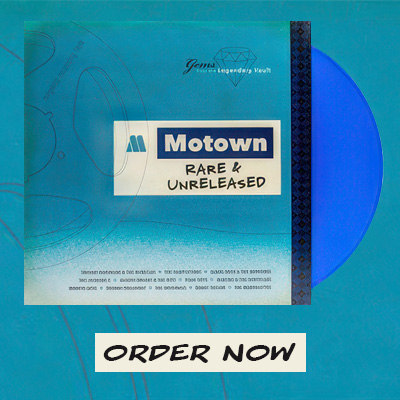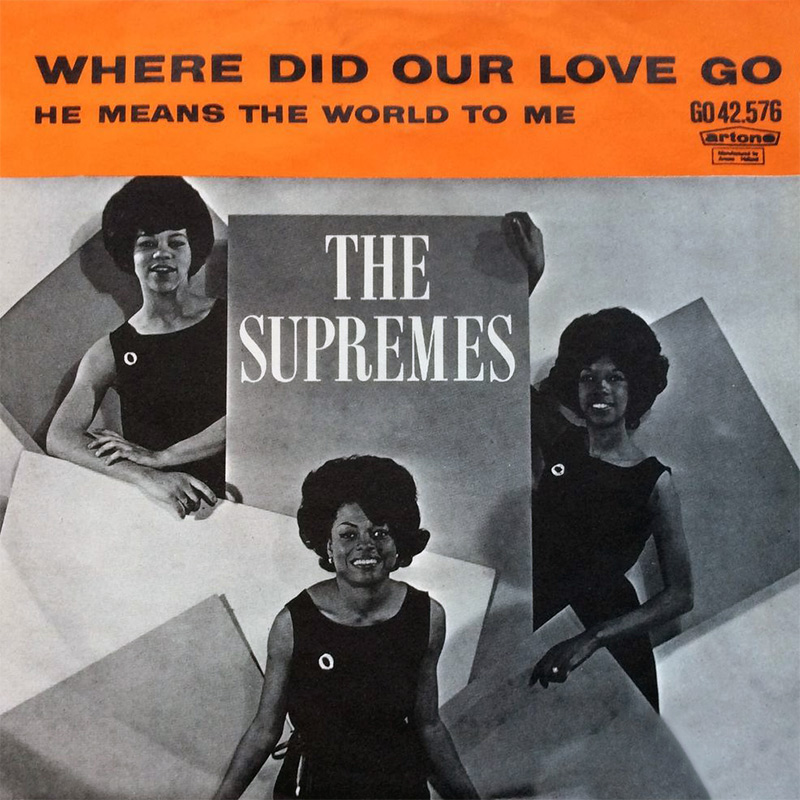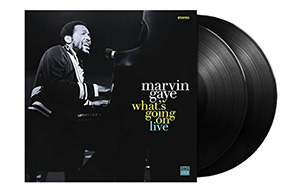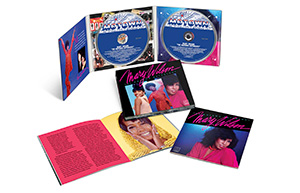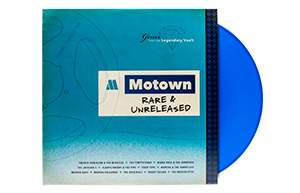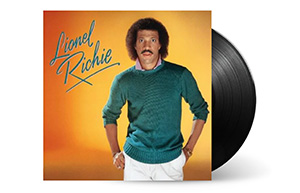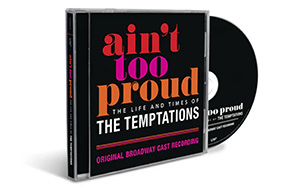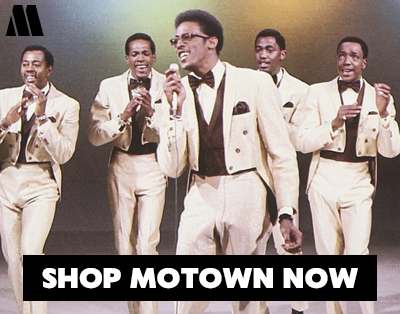The Supremes “Where Did Our Love Go”
Released as a single (Motown 1060) on Wednesday, June 17, 1964.
This is one of a handful of records which changed everything for Motown. Although the Supremes had scored their Top 20 pop chart breakthrough the previous year with “When The Lovelight Starts Shining Through His Eyes,” it was not until “Where Did Our Love Go” marched to Number One in August 1964 that the company – make that Berry Gordy – recognized the group’s potential to attain wider appeal and greater popularity than any previous act on the roster. Their visual attractiveness, as well as the powerful sound which Holland/Dozier/Holland had begun to create, gave them an edge. It helped, of course, that Gordy was drawn to Diana Ross, in particular.
His determination, and that of his team, helped to fulfil the Supremes’ potential to the max, with the four singles following “Where Did Our Love Go” all claiming the top of the pop charts of trade magazines Billboard and Cash Box, the era’s most important indicators of sales and popularity. Over the next ten months, Ross, Mary Wilson and Florence Ballard became the first American group to score five consecutive Number Ones. Before the 1960s were over, the Supremes had collected twelve Number Ones, to say the least of their – and Motown’s – accomplishments.
The story behind the creation of “Where Did Our Love Go” has been frequently told: of how (it’s said) the song was first intended for the Marvelettes, and of how the Supremes didn’t much like it upon first hearing. A further scenario has Eddie Holland suggesting that Mary Wilson should handle the lead vocals, but his brother Brian and Lamont Dozier preferred Diana. Ultimately, nothing matters beyond how the record performed and what it began for the three young women and the Detroit company.
How did their world change? “It changed,” Mary Wilson told Billboard’s Fred Bronson on the 50th anniversary of “Where Did Our Love Go” reaching Number One on the magazine’s Hot 100 chart, “because at a time when it was an impossible dream for black people, we accomplished something. It was a personal accomplishment, but also an accomplishment for others. We started touring the world and every country we went to, we were introduced as ‘Motown’s Supremes.’ We helped put Motown on the map.”
Some singers, musicians and performers were clearly drawn to the song because of its intrinsic appeal, others because of its historic status, and still others hoping that some of the original magic might rub off anew. The most commercially successful remake was by Donnie Elbert in 1971; that reached the pop Top 20 and the R&B Top 10. An in-concert recording by the J. Geils Band charted more modestly in 1976. There have been seldom-heard remakes, including the attempt by Britain’s Peter Jay & the Jaywalkers to steal the Supremes’ thunder in the U.K. in 1964. The timeline and breadth of others drawn to “Where Did Our Love Go” is notable, ranging from Ringo Starr in 1978 to Lynda (“Wonder Woman”) Carter in 2009, and not to mention the New Christy Minstrels in 1968 and (Little) Peggy March in 1986. The Pussycat Dolls mashed the song up with “Tainted Love” in 2005, and one of the original writers, Lamont Dozier, recorded it twice: once on his An American Original album in 2001 (later retitled Reflections of Lamont Dozier) and again on his 2018 album Reimagination. In closing, it’s also worth being reminded of another version by the Supremes themselves, in German, recorded (phonetically) in 1965, and released in what was then West Germany: “Baby, Baby, Wo Ist Unsere Liebe?”
The original “Where Did Our Love Go” was added to the Library of Congress’ National Recording Registry on March 23, 2016, one of a small number of recordings chosen each year to showcase “the range and diversity of American recorded sound heritage,” according to the institution, “in order to increase preservation awareness.” It added, “Lead singer Ross, singing in a lower register, found a distinctive and mature tone that set her apart from other female singers of the era, while Wilson and Ballard’s full mastery of their behind-the-beat timing for their parts helped reveal a depth of longing in the lyrics that made the song stand out even in the dynamic, varied and ever-shifting pop scene of 1964. This single’s success ensured the future of both the Supremes and Motown Records.”




